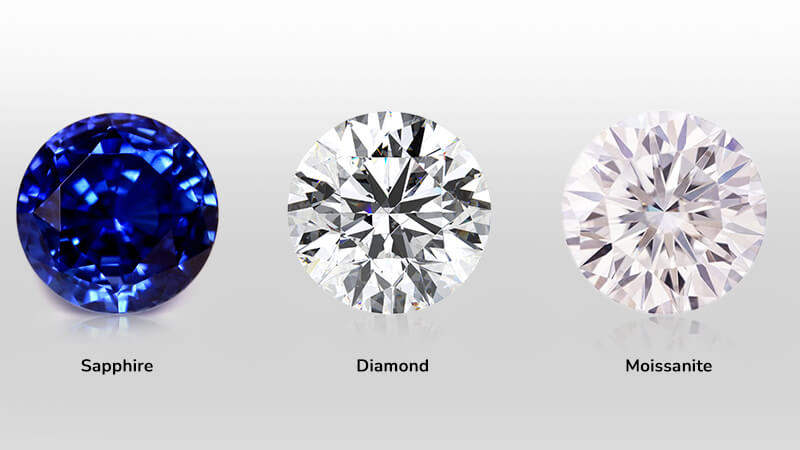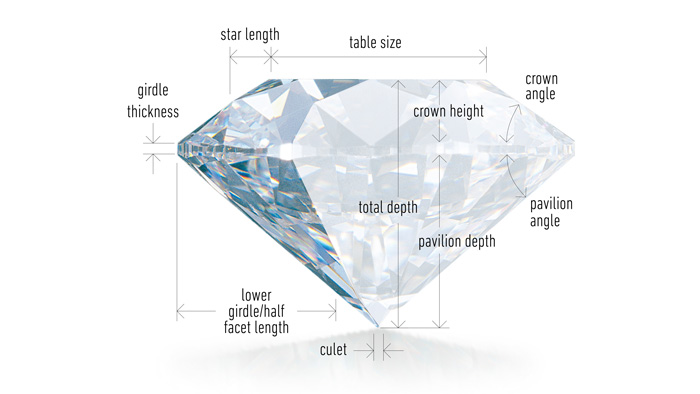In the ever-evolving world of jewelry, lab grown diamonds the #1 choice have emerged as the premier option for discerning buyers. These diamonds, cultivated in high-tech laboratories, offer identical visual and physical properties to their natural counterparts. As a result, they have swiftly become the favored choice among consumers, jewelers, and environmental advocates alike.
Understanding Lab Grown Diamonds
Lab grown diamonds, also known as synthetic or cultured diamonds, are created using advanced technological processes that mimic the conditions under which natural diamonds form in the Earth’s mantle. There are two primary methods of diamond synthesis: High Pressure High Temperature (HPHT) and Chemical Vapor Deposition (CVD).
High Pressure High Temperature (HPHT)
The HPHT process replicates the natural diamond formation environment by subjecting carbon to extreme pressures and temperatures. This method can produce diamonds of exceptional quality, lab grown diamonds the #1 choice, which are then cut and polished to perfection.
Chemical Vapor Deposition (CVD)
CVD involves placing a diamond seed in a carbon-rich gas mixture within a chamber. The gas is ionized into plasma, causing carbon atoms to deposit onto the seed and gradually form a diamond crystal. This method allows for precise control over the diamond’s growth, resulting in high-purity gemstones.
Why Choose Lab Grown Diamonds?
Ethical and Environmental Considerations
One of the most compelling reasons to opt for lab grown diamonds is their ethical and environmental benefits. Traditional diamond mining is often associated with significant environmental disruption and human rights abuses. In contrast, lab grown diamonds have a minimal environmental footprint and are free from the conflict and exploitation issues prevalent in some diamond mining regions.
Cost Efficiency
Lab grown diamonds are generally more affordable than their mined counterparts. This cost efficiency is due to the streamlined production process and the absence of extensive mining operations. Buyers can often purchase a larger or higher quality lab grown diamond for the same price as a smaller natural diamond, making it a cost-effective option without compromising on quality.
Quality and Variety
Lab grown diamonds offer consistent quality and a wide variety of options. Since their creation is carefully controlled, these diamonds can be tailored to specific requirements regarding color, clarity, and size. This precision ensures that buyers receive a gemstone that meets their exact specifications.
Innovative and Modern
Choosing a lab grown diamond is also a nod to modern innovation and technology. These diamonds represent the cutting-edge advancements in materials science, offering a contemporary alternative to traditional gemstones. For tech-savvy and forward-thinking consumers, lab grown diamonds symbolize progress and sustainability.
Comparing Lab Grown and Natural Diamonds
Visual and Physical Properties
Lab grown diamonds are indistinguishable from natural diamonds to the naked eye. They possess the same hardness, brilliance, and fire, making them visually identical to mined diamonds. Only with specialized equipment can gemologists differentiate between lab grown and natural diamonds.
Certification and Grading
Lab grown diamonds undergo rigorous certification and grading by reputable gemological institutes, such as the Gemological Institute of America (GIA) and the International Gemological Institute (IGI). These certifications provide buyers with detailed information about the diamond’s characteristics, ensuring transparency and confidence in their purchase.
Longevity and Durability
Just like natural diamonds, lab grown diamonds are incredibly durable and can last a lifetime with proper care. They are resistant to scratching and wear, making them suitable for everyday wear and ideal for engagement rings and other significant jewelry pieces.
The Future of the Diamond Industry
The rise of lab grown diamonds signifies a transformative shift in the diamond industry. As consumer awareness of ethical and environmental issues grows, so does the demand for sustainable alternatives. Lab grown diamonds are at the forefront of this movement, offering a responsible choice without sacrificing luxury or beauty.
Market Trends
The market for lab grown diamonds is expanding rapidly. Jewelry retailers are increasingly incorporating these diamonds into their collections, and consumer acceptance continues to rise. This trend indicates a promising future where lab grown diamonds could dominate the market, challenging the traditional dominance of mined diamonds.
Technological Advancements
Ongoing advancements in technology are expected to further enhance the quality and affordability of lab grown diamonds. Innovations in the synthesis process and increased production efficiency will likely lead to even greater adoption of these gemstones in the jewelry market.
Choosing the Perfect Lab Grown Diamond
Identifying Your Preferences
When selecting a lab grown diamond, it is essential to consider the Four Cs: cut, color, clarity, and carat weight. Understanding these characteristics will help you choose a diamond that perfectly suits your preferences and budget.
Cut
The cut of a diamond significantly influences its brilliance. Lab grown diamonds are available in various cuts, including round, princess, and emerald. Each cut has its unique appeal, so selecting the right one depends on personal taste and style.
Color
Lab grown diamonds come in a range of colors, from colorless to fancy hues such as blue, pink, and yellow. Colorless diamonds are graded on a scale from D (colorless) to Z (light color). Fancy colored diamonds are graded based on the intensity of their hue.
Clarity
Clarity refers to the presence of inclusions or blemishes within the diamond. Lab grown diamonds are often of high clarity, but it’s essential to review the clarity grade to ensure the diamond meets your standards.
Carat Weight
Carat weight measures the size of the diamond. Lab grown diamonds provide excellent value, allowing you to choose a larger stone without a proportional increase in cost compared to natural diamonds.
Conclusion
In conclusion, lab grown diamonds stand out as the premier choice for modern consumers. Their ethical and environmental benefits, coupled with cost efficiency and high quality, make them an attractive alternative to natural diamonds. As technology continues to advance and consumer preferences evolve, lab grown diamonds are poised to redefine the landscape of the jewelry industry.
Embrace the future of gemstones with lab grown diamonds—a choice that reflects your values, showcases your style, and celebrates innovation. Make the informed, responsible, and dazzling choice today.



